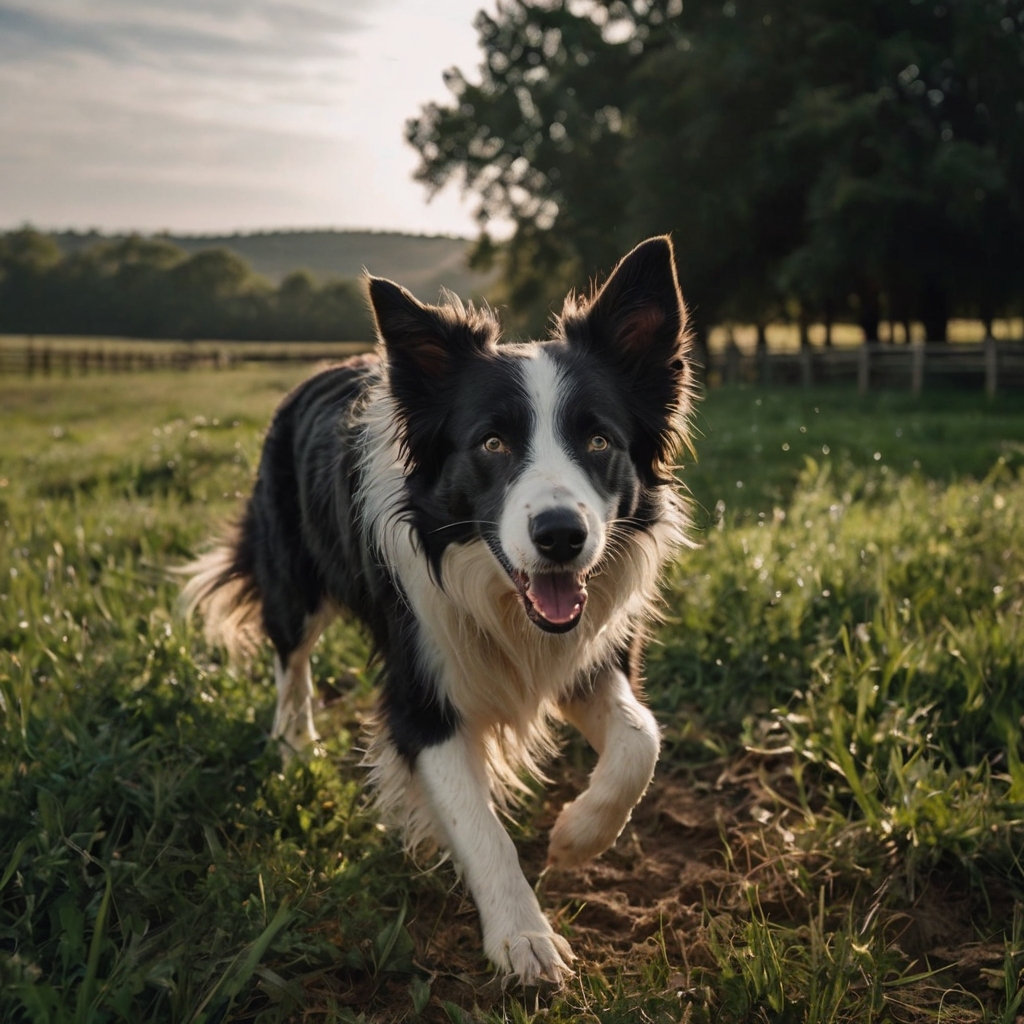Dogs have a rich history that traces back thousands of years. Long before the variety of breeds we see today, all dogs shared a common ancestor: the wolf. The transformation from wild predator to loyal companion is one of the most captivating stories in the history of domestication. This process began not only through natural evolution but also through human intervention, shaping the canine species into what we know and love today.
The Origins of Dogs
Dogs are descendants of the gray wolf (Canis lupus). It is believed that domestication began over 15,000 years ago, though some evidence suggests it could be as far back as 40,000 years. Wolves roamed across Eurasia and North America, playing a critical role in the ecosystems they inhabited as apex predators. Early humans likely observed the wolf’s intelligence, social structure, and hunting prowess, traits that would eventually lead to the partnership between wolves and humans.
Early Domestication: How Wolves Became Dogs
The domestication of wolves likely started as a mutually beneficial relationship. Wolves, being scavengers, began to linger near human campsites, drawn to food scraps left behind by hunter-gatherer societies. Over time, humans may have noticed that tamer wolves—those less aggressive and more curious—could help in hunting or guarding their communities. These early interactions paved the way for the domestication process, where humans selected for specific traits, leading to the evolution of the first dogs.
Ancient humans may have taken wolf pups and raised them, cultivating bonds with these animals. As wolves became more integrated into human life, their behavior changed. Over generations, natural selection and human intervention allowed for the rise of a more social, less aggressive creature: the proto-dog.
Evolutionary Changes: From Wolves to Dogs
The shift from wolf to dog involved significant changes in both behavior and physical appearance. Early dogs were smaller than wolves, had shorter snouts, and displayed a range of coat colors. These changes were not merely physical. Domesticated dogs showed greater tolerance for human social structures, learning to interpret human cues and behavior in a way that wild wolves could not.
One key factor in domestication was neoteny—the retention of juvenile traits into adulthood. Early dogs retained the more submissive, playful nature of wolf pups, which allowed them to bond better with humans. As dogs continued to evolve, they adapted further to human environments, becoming less reliant on hunting for survival and more integrated into human society.
The Partnership Grows: Dogs and Early Civilizations
As human societies grew and agriculture became widespread, dogs played increasingly important roles. They helped in herding livestock, protecting communities, and even serving as companions. Archaeological evidence shows that early humans buried their dogs with them, suggesting that the bond between humans and dogs was deep and personal even thousands of years ago.
Dogs became so intertwined with human life that different breeds began to emerge, suited to specific tasks like hunting, guarding, or herding. This early breeding marks the beginning of the diversity we see in dogs today. From the wolf sprang countless varieties of dogs, each adapted to the needs and environments of the humans they lived alongside.
The Legacy of the Wolf
Though the domesticated dog has changed dramatically from its wolf ancestors, modern dogs still carry much of the wolf’s legacy in their DNA. Their pack mentality, loyalty, and communication styles are all inherited traits from the wolf. Whether it’s a small Chihuahua or a large Great Dane, every dog today shares a common origin with the majestic gray wolf.
Final Thoughts
The domestication of the wolf into the dog was a pivotal moment in human history. This bond between species has shaped not only the development of dogs but also human societies. From their ancient roots as wild predators, wolves became the loyal, diverse companions we know today, a testament to the enduring connection between humans and their canine friends.
Understanding the wolf’s role as the father of all dogs helps us appreciate the incredible journey that led to the countless breeds that brighten our lives today.



